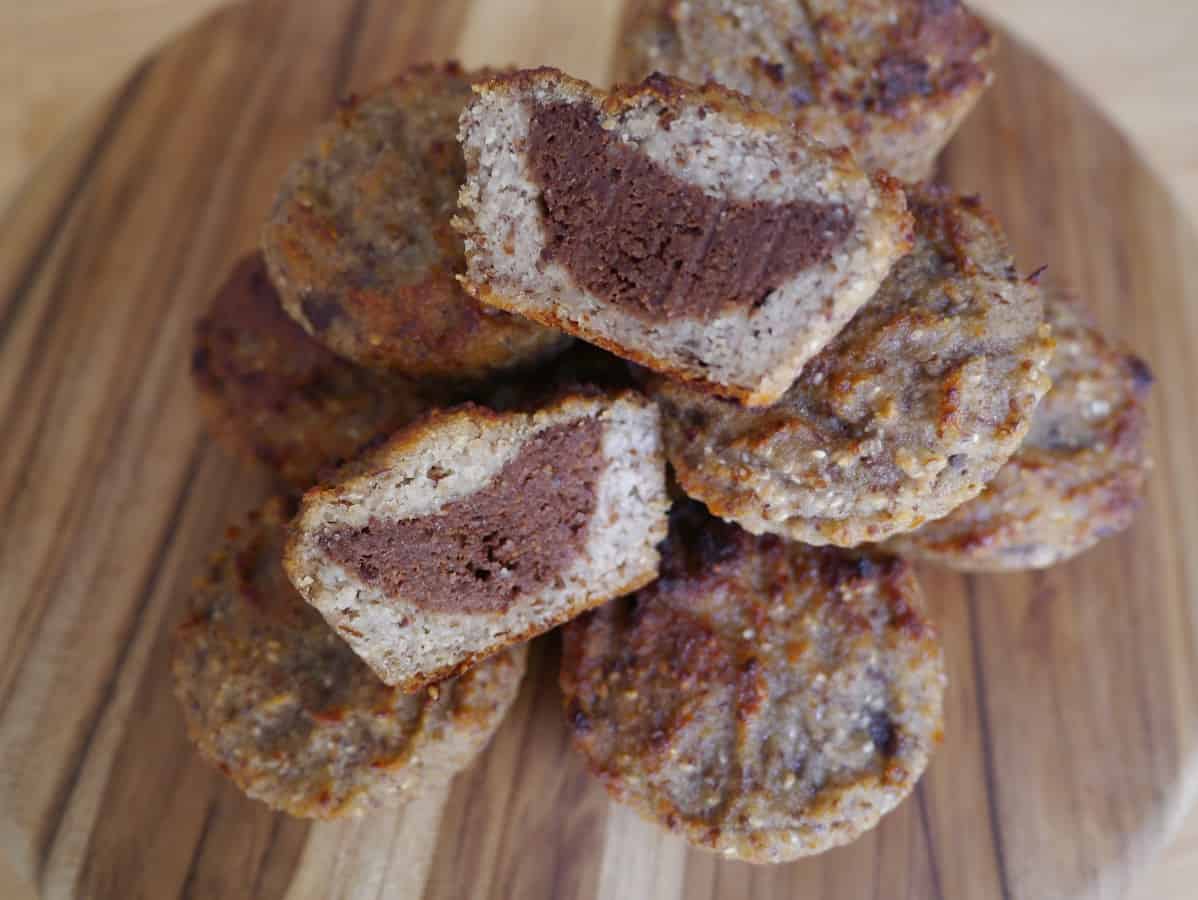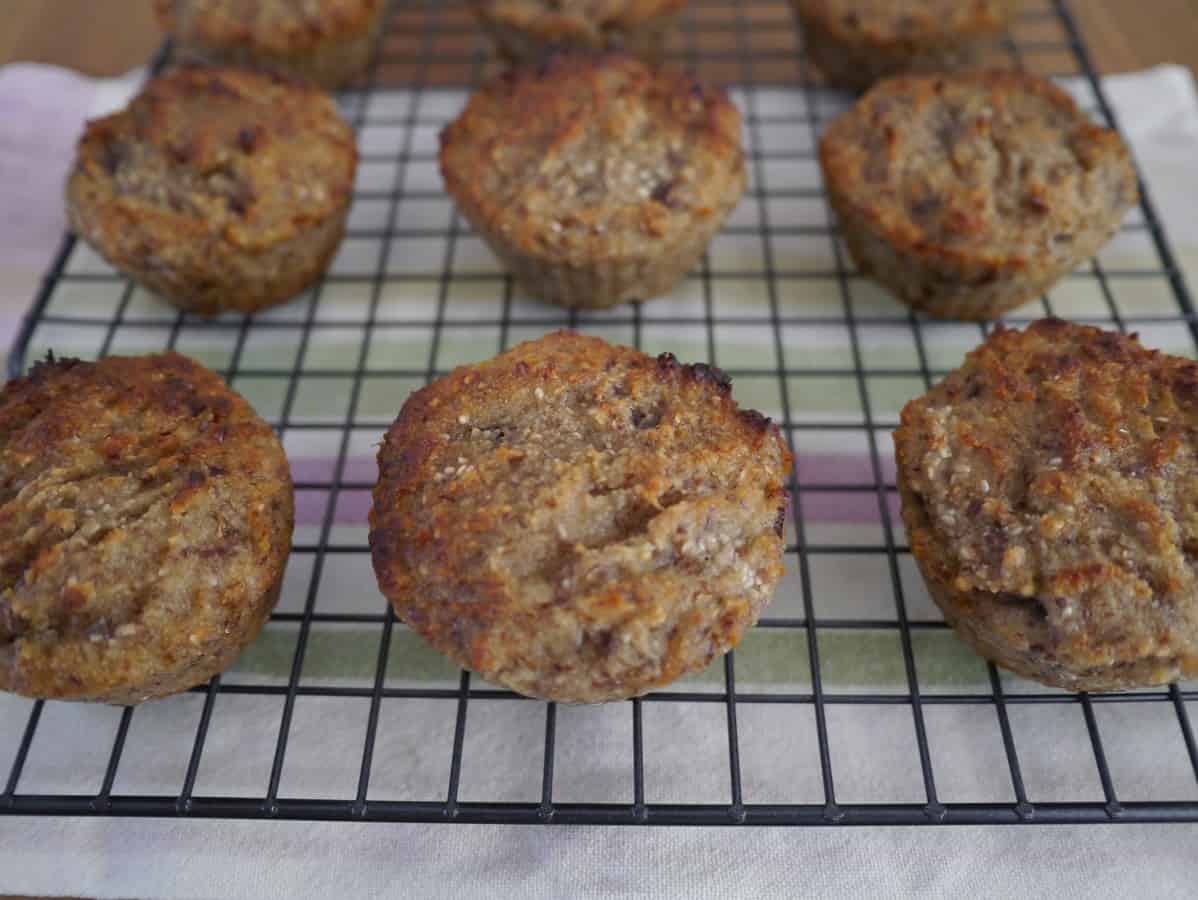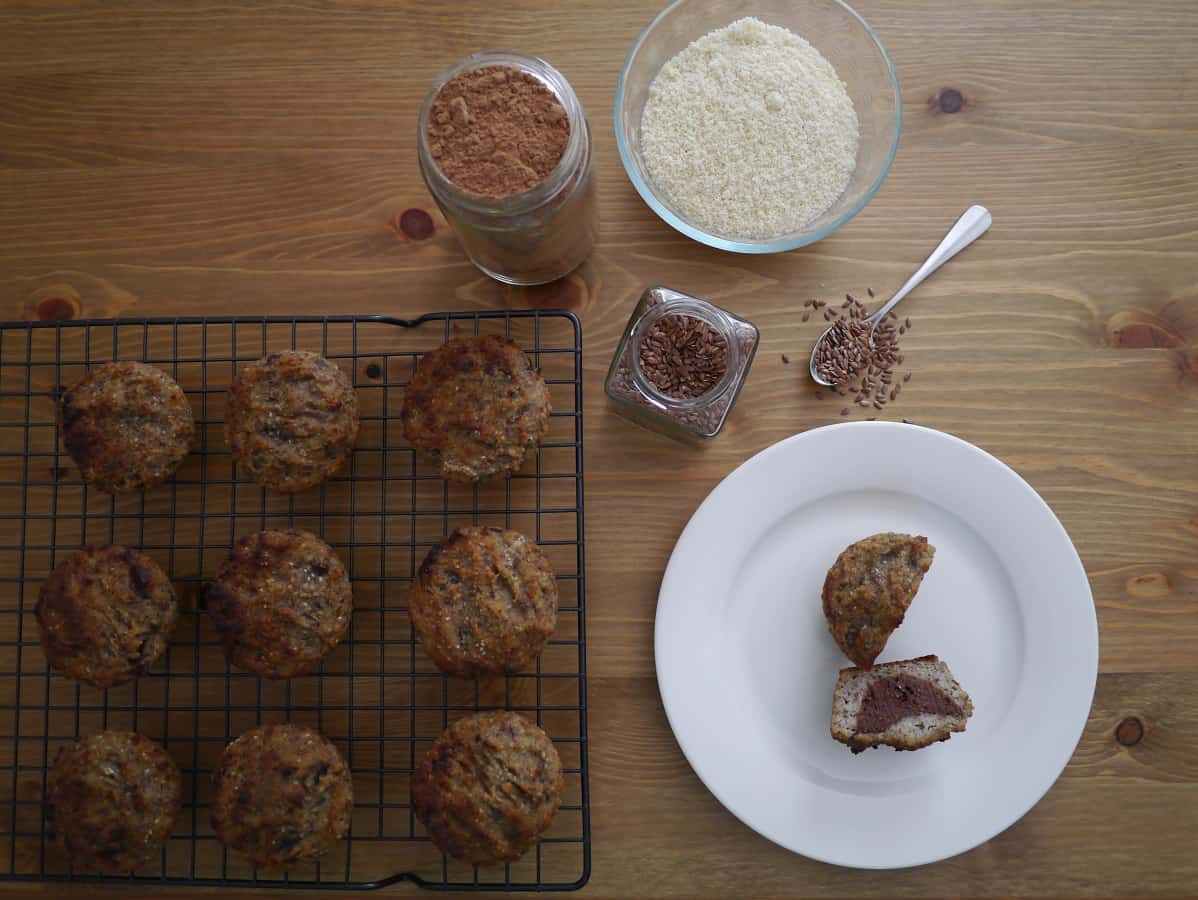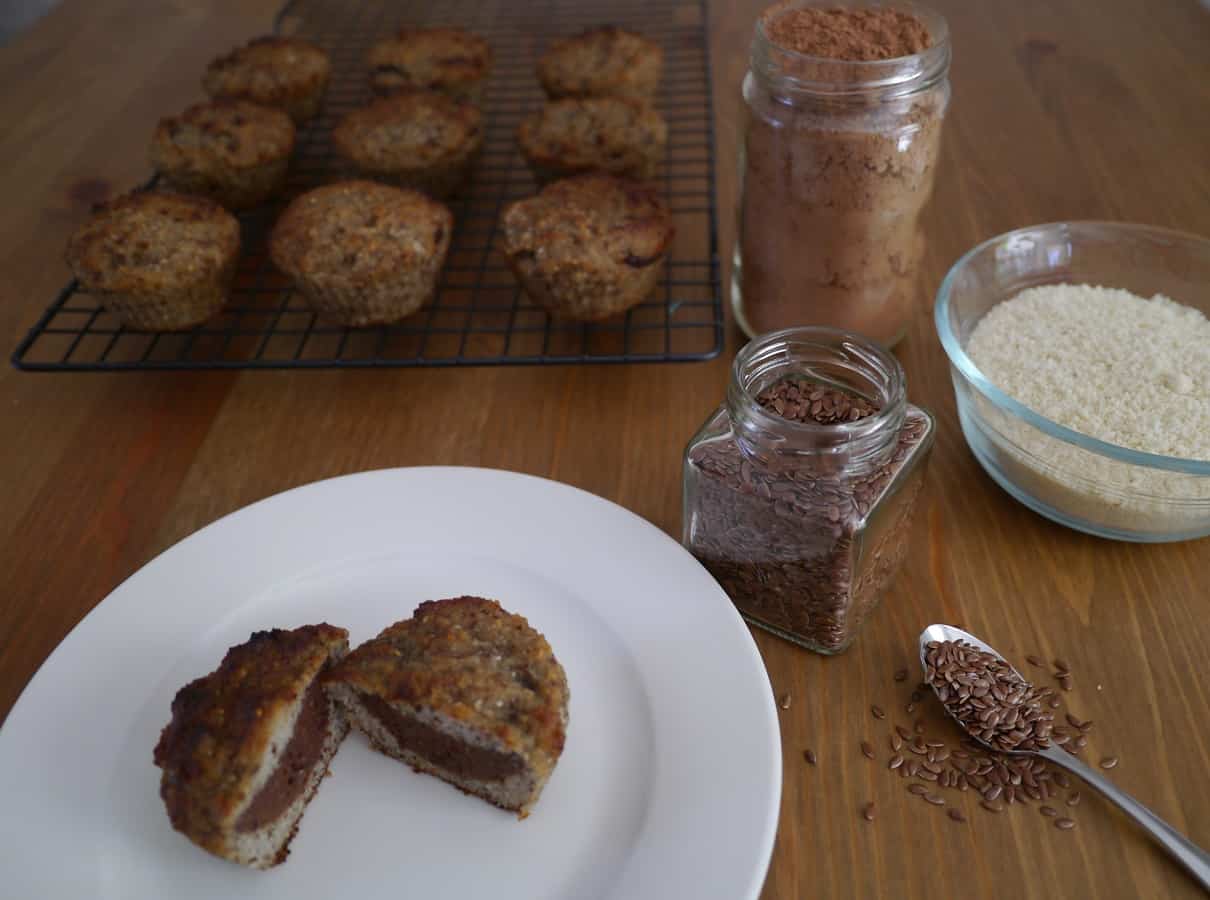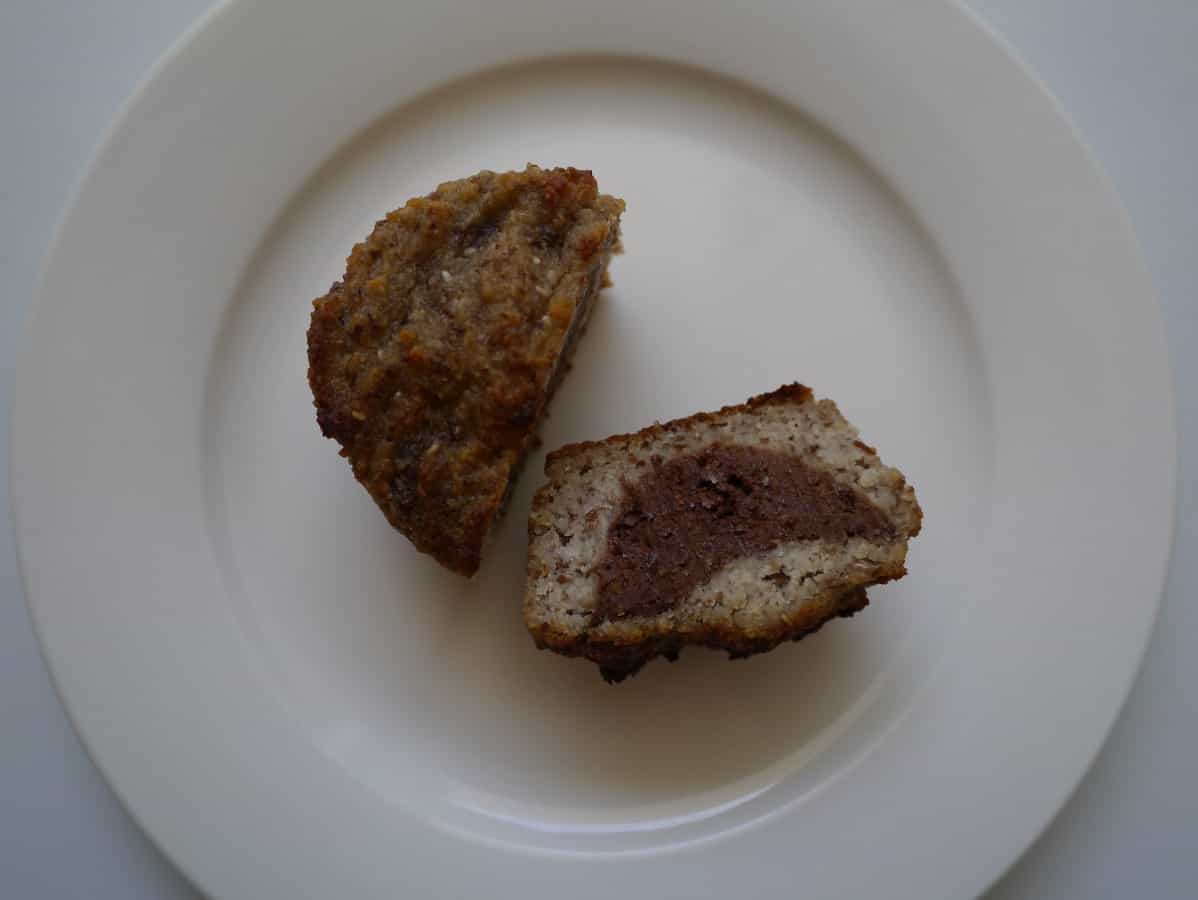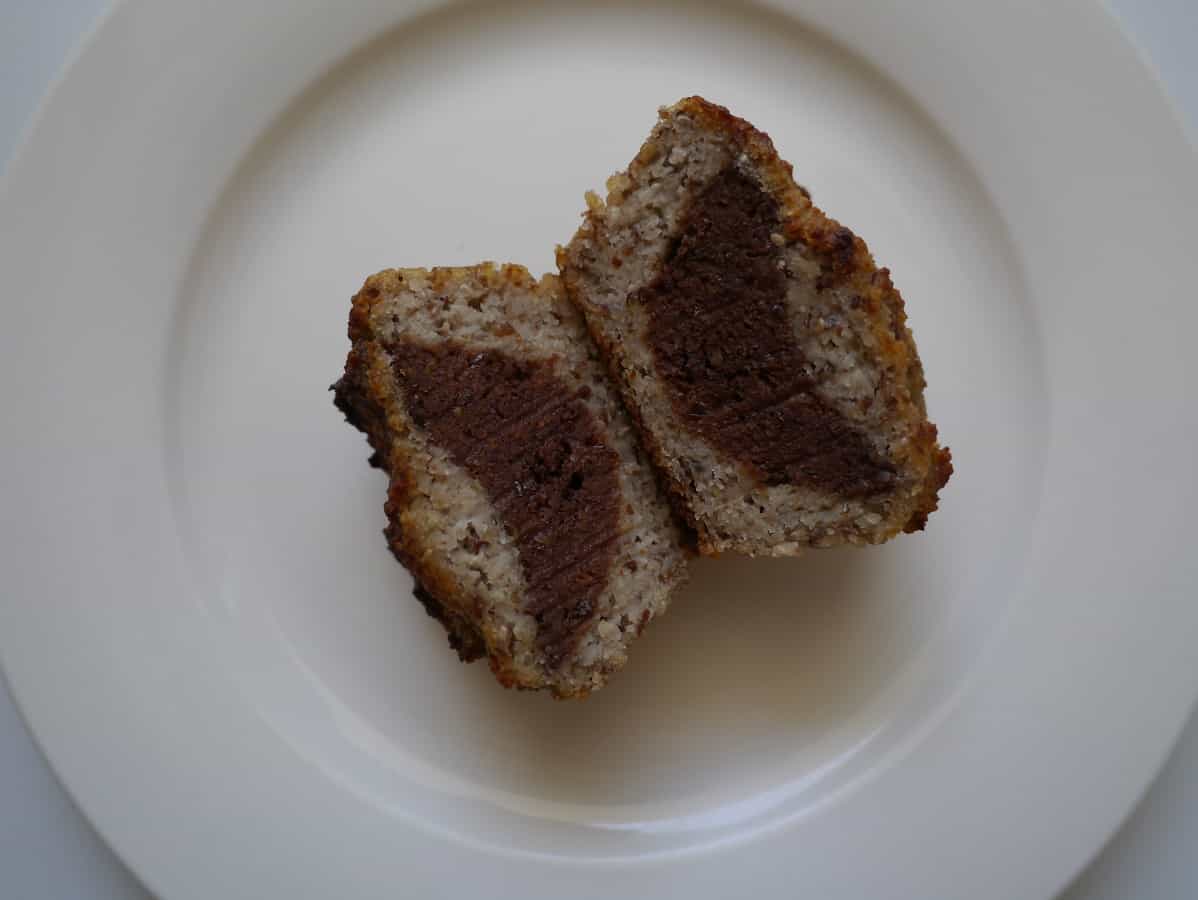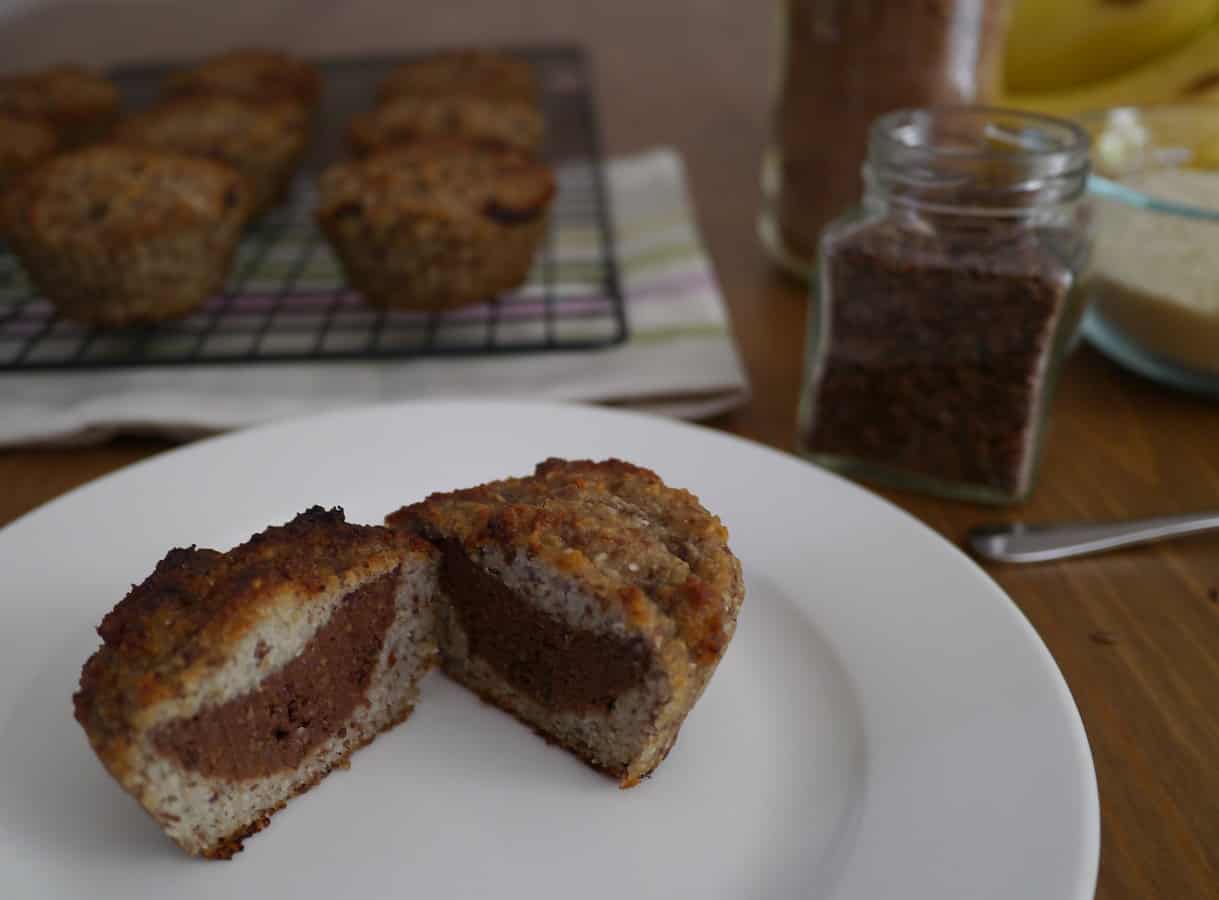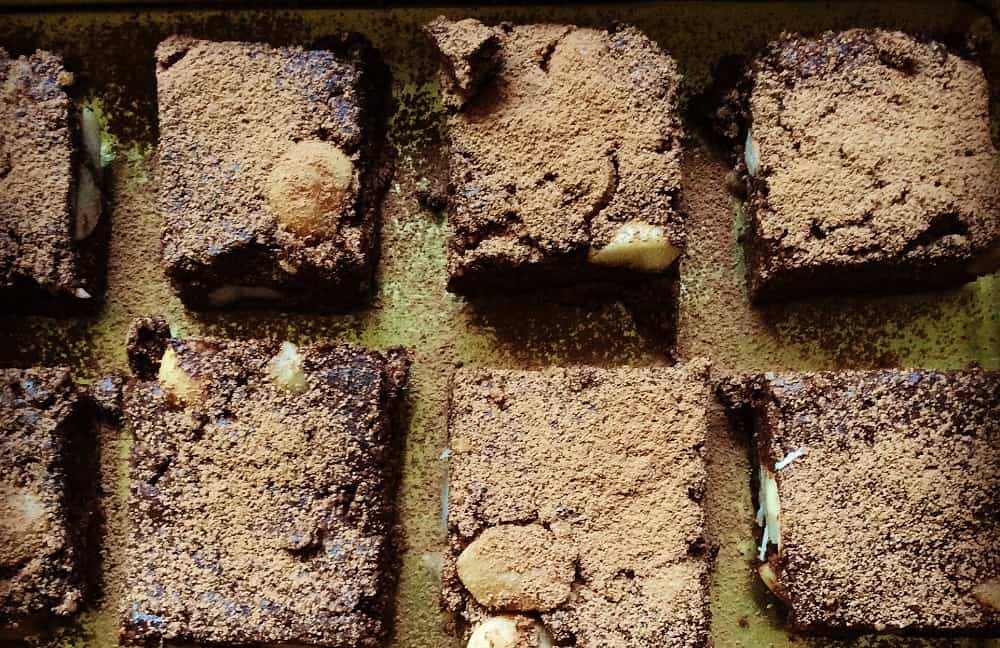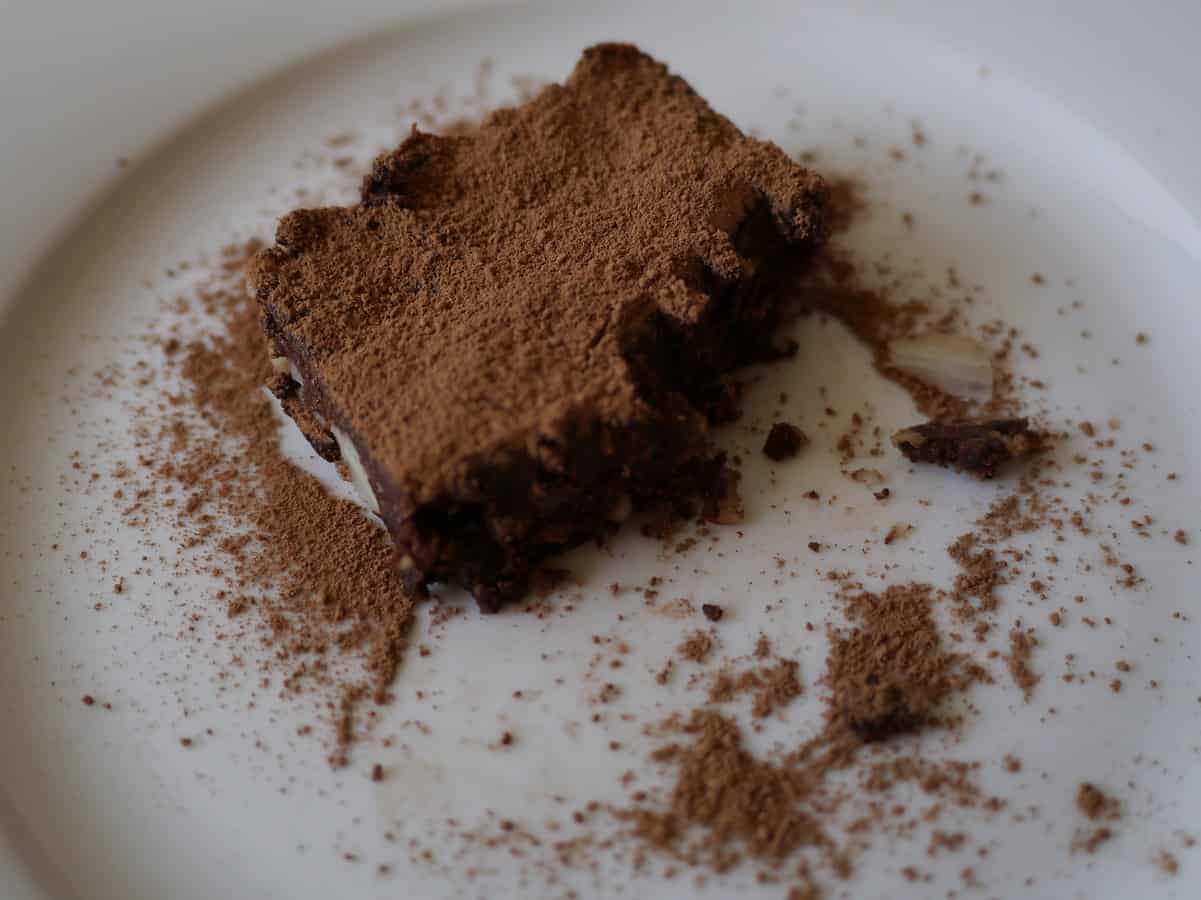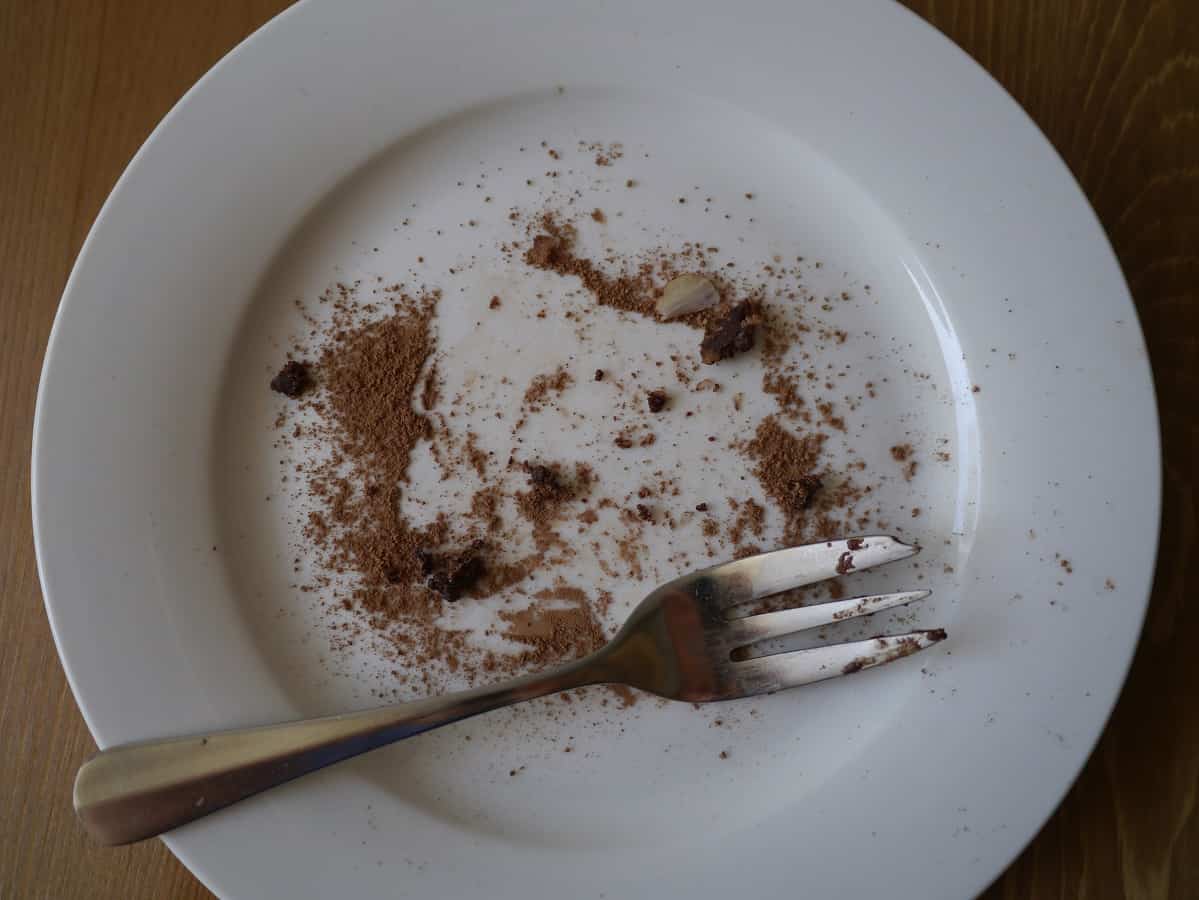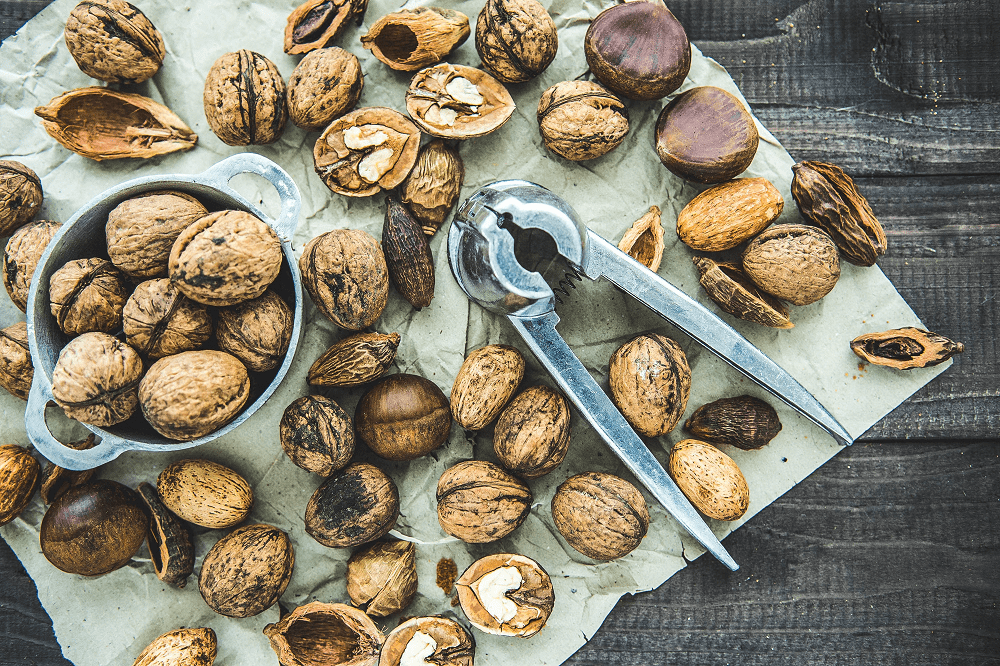Nuts are super nutritious, and packed full of vitamins and minerals. Not only that, they are darn delicious. They’re surprisingly versatile ingredients too – they work equally well in sweet and savoury dishes, and you can even use them to make non-dairy milk, butter, and cheese. Plus they are used to make the most amazing raw desserts.
There’s a few different ways to buy nuts, but the two most common options are raw and roasted. As I’ve become more interested in learning about whole foods I’ve come across a lot of recipes that talked about soaking nuts, which seemed to add a lot of time to the recipes. When I started investigating raw food, and I found that the term “activated” also came up a lot, and recipes advised using activated nuts. How on earth do you activate a nut, I wondered? And more precisely, why would I bother when (most) nuts are perfectly tasty in their raw state?
The scientist in me wanted to know more. I like to understand things rather than following mindlessly just because I vaguely remember reading somewhere that something was better for me. I wanted to know what all these methods actually mean, what the point of them was, and whether there’s anything behind it.
Or is it just another fad?
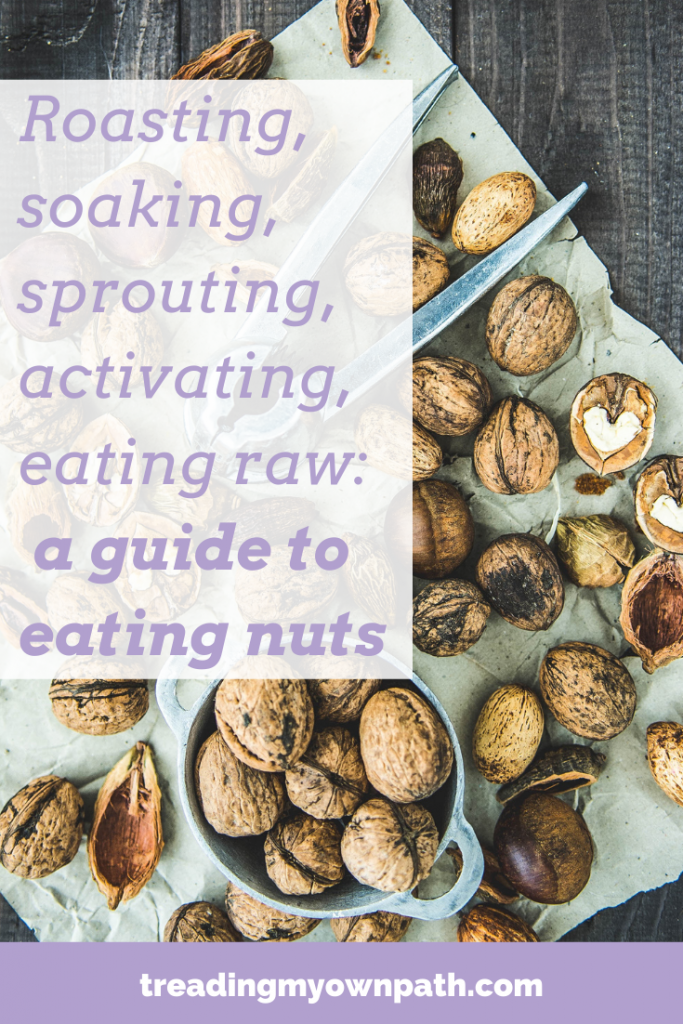
Nuts in their natural state
Nuts grow on trees, and have a hard shell that takes a good set of nut crackers plus some considerable hand strength to prise open. Commercial farmers can use machinery to crack them open. The resulting nut once the case is removed is the raw nut.
It’s worth clarifying that raw in this instance means uncooked. Raw in the raw food sense means not heated above 46ºC. This can be a little confusing, for example with cashew nuts, which are often steamed open. These nuts are still referred to as “raw”, since they are uncooked, but they are not strictly speaking raw in the raw food sense as the steaming would have involved heating them above 46ºC. (You can buy cashews that have been cracked open by hand and are truly raw, but they are considerably more expensive.)
Nuts and phytic acid
As well as all their nutritional goodness, raw nuts also contain phytic acid, or phytate. Phytate is the molecule that plants use to store phosphorus, and it is particularly high in bran, seeds and nuts. Once digested, the phytate in raw nuts, which cannot be digested by humans as we do not have the phytase enzyme, binds to minerals, particularly calcium, iron, and zinc, but also magnesium and manganese, preventing us from absorbing them in the gastrointestinal tract. Phytate has been described as an anti-nutrient for this reason. (If you want to read more about phytate read here and here). Diets high in phytate are thought to cause iron deficiency (see here).
As well as binding to minerals, phytate is also thought to inhibit digestive enzymes such as pepsin (here), trypsin (here) and amylase (here). This is why large quantities of raw nuts can be hard to digest.
Whether you should worry about phytic acid depends on how much you intake. If you just eat a small handful of raw nuts a day, it’s probably no big deal. But if you’re vegan and eating huge quantities of almond butter, cashew cheese and raw (nut-based) cheesecake, you eat a vegetarian diet packed with lentils and wholegrains, or you’re anaemic or suffering from calcium or iron deficiency, then you may want to consider reducing your phytate intake. That doesn’t mean cutting back, it just means preparing your nuts (and also pulses and other wholegrains) a little differently.
All of the ways described below are ways of preparing nuts so as to reduce the phytate levels and make the nuts easier to digest, and allow us to absorb more nutrients.
Roasting Nuts
Roasted nuts are probably the most readily available nuts after raw nuts. Roasting reduces the phytate content of nuts, although there’s not much research available regarding specifics of how the nutritional content of nuts changes when you roast them. It is also thought to improve their digest-ability.
If you do want to eat roasted nuts, you’re far better off roasting your own. That way they’ll be fresher (and tastier), and you can control the oven temperature. Because nuts contain polyunsaturated fats it’s thought that roasting at lower temperatures are better. Also, nuts which contain asparagine, such as almonds, need to be kept below 130°C to avoid producing acrylamide, which is a neurotoxin and carcinogen. (For more information see here and here).
Roasted nuts that you buy from the supermarkets are often not roasted but deep fried. (If they don’t say dry roasted, then they’re not!) There ain’t nothing healthy about that!
Soaking nuts (or “activating” them)
Another option for reducing the phytate content of raw nuts is to soak them. Soaking is a precursor for germination, and the seed uses enzymes to break down the phytate. Soaking time can vary depending on which nut you’re soaking, but overnight is a general guideline.
If you soak the nuts for long enough, they should begin to sprout (germinate). I have never tried this but expect it would take several days. The water should be changed every 12 hours or so (more if it is a very hot day) to help prevent them rotting.
You can eat nuts that have been soaked. They are still crunchy but have a more “crisp” bite than a crunch. They are great for adding to salads or snacking on, but will only keep for a couple of days. They won’t work in recipes that call for raw or roasted nuts though because they are too wet. To enable them to be suitable for baking, they need to be dried out.
Dehydrating nuts
Dehydrating is a method of drying soaked nuts out without cooking them, and uses low temperatures for long periods of time to achieve this. There is a specialist piece of equipment called a dehydrator that can be used, or a fan oven at a low temperature (lower than 50ºC) with the door ajar to allow the moisture to escape, or even leaving them in the sun. Dehydrating nuts takes upwards of 12 hours. Once dried out the nuts resemble raw nuts in flavour and appearance but have more crunch and are slightly drier.
If nuts aren’t dehydrated for long enough then they can go mouldy inside because of the moisture that remains.
Activated nuts
In some health food shops you can buy activated raw nuts. These are nuts that have been soaked (activated) then dehydrated and packaged for sale. They are considerably more expensive than ordinary raw nuts because of the extra time and effort that has gone into preparing them.
The Conclusion?
All this preparation is taking place to make nuts easier to digest, and that can’t be a bad thing. That said, it does require a bit of effort, and if you don’t notice any problems eating raw nuts you’ll probably think it’s not worth the trouble. However, consider this. Whilst you may think it sounds like a modern fad, most traditional cultures soak, sprout and ferment nuts and grains and have done for centuries. It’s not that it’s been invented, more re-discovered. Also, nuts don’t come ready shelled in convenient packs at the supermarket. Back in the old days, if we wanted 500g of nuts for a recipe, we’d have to find a nut tree and then sit and crack them all open by hand ourselves. No doubt this helped limit how many we actually consumed. Nowadays we can consume kilos of them without a second thought. This makes it more important to prepare them properly than if we were just having a small handful now and then.
I try to soak my nuts if I’m adding them to a salad and planned far enough in advance! Soaking is a requirement for making nut milk anyway. As for raw desserts, because of the huge quantities of nuts required, I’ve started using activated walnuts and almonds because I can buy these in bulk. If I just want a quick snack though, I’ll often eat raw nuts straight out of the jar. Perfection is just too hard!
[leadpages_leadbox leadbox_id=1429a0746639c5] [/leadpages_leadbox]
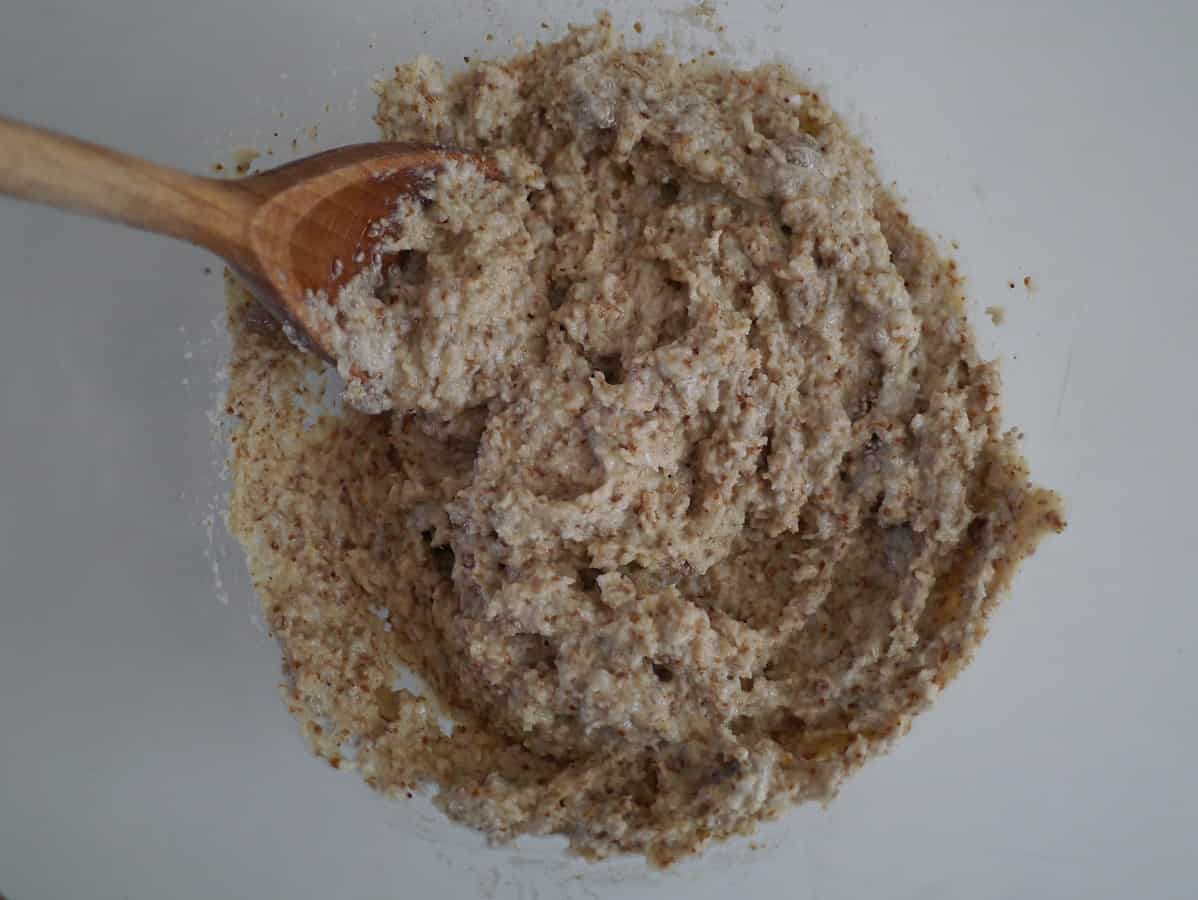
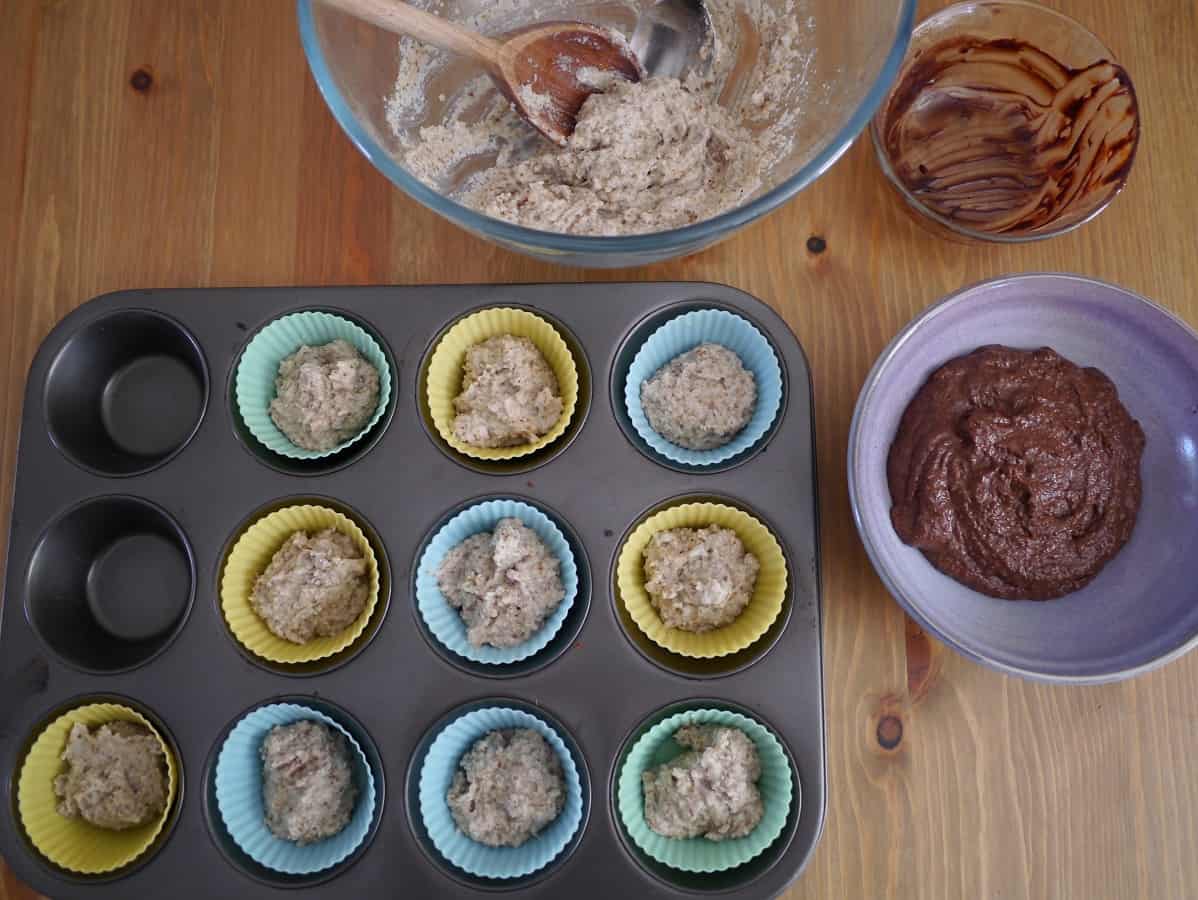
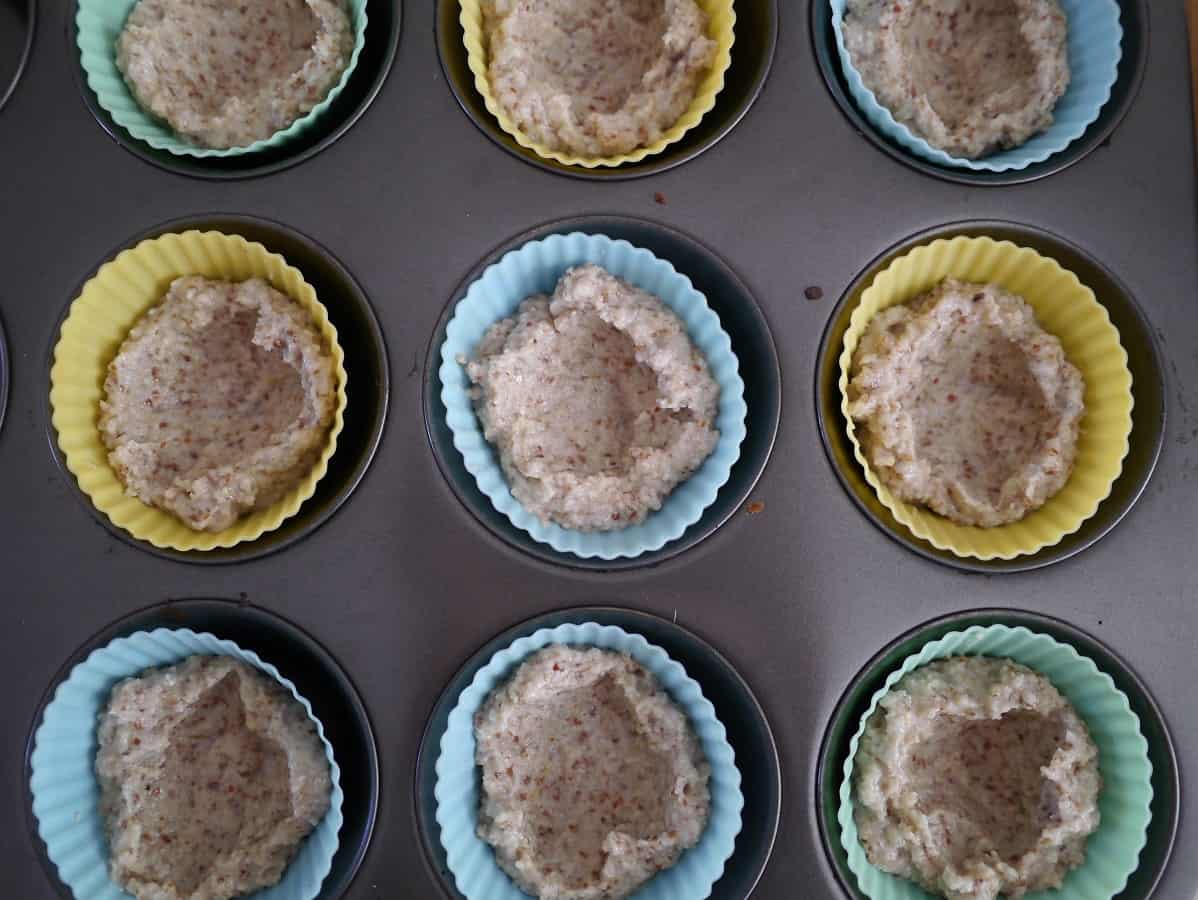
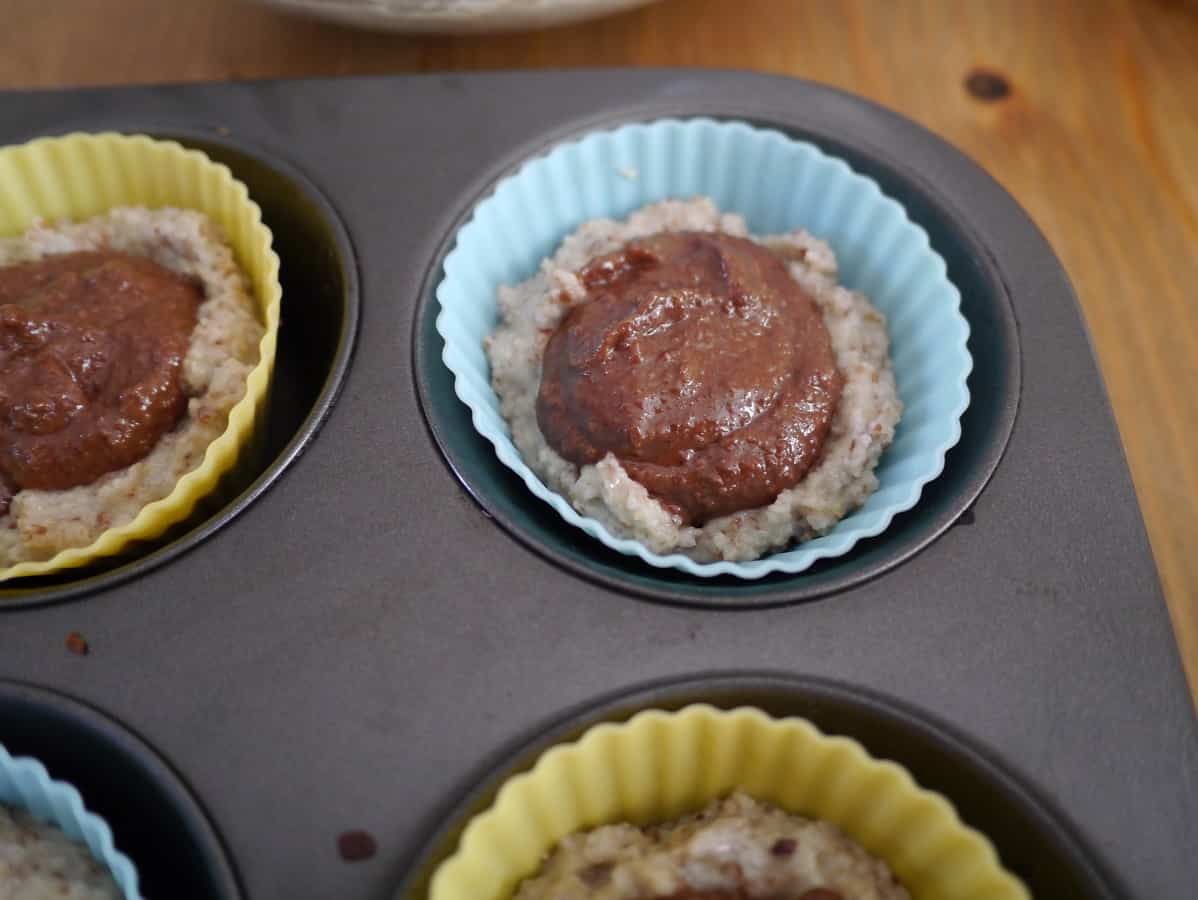
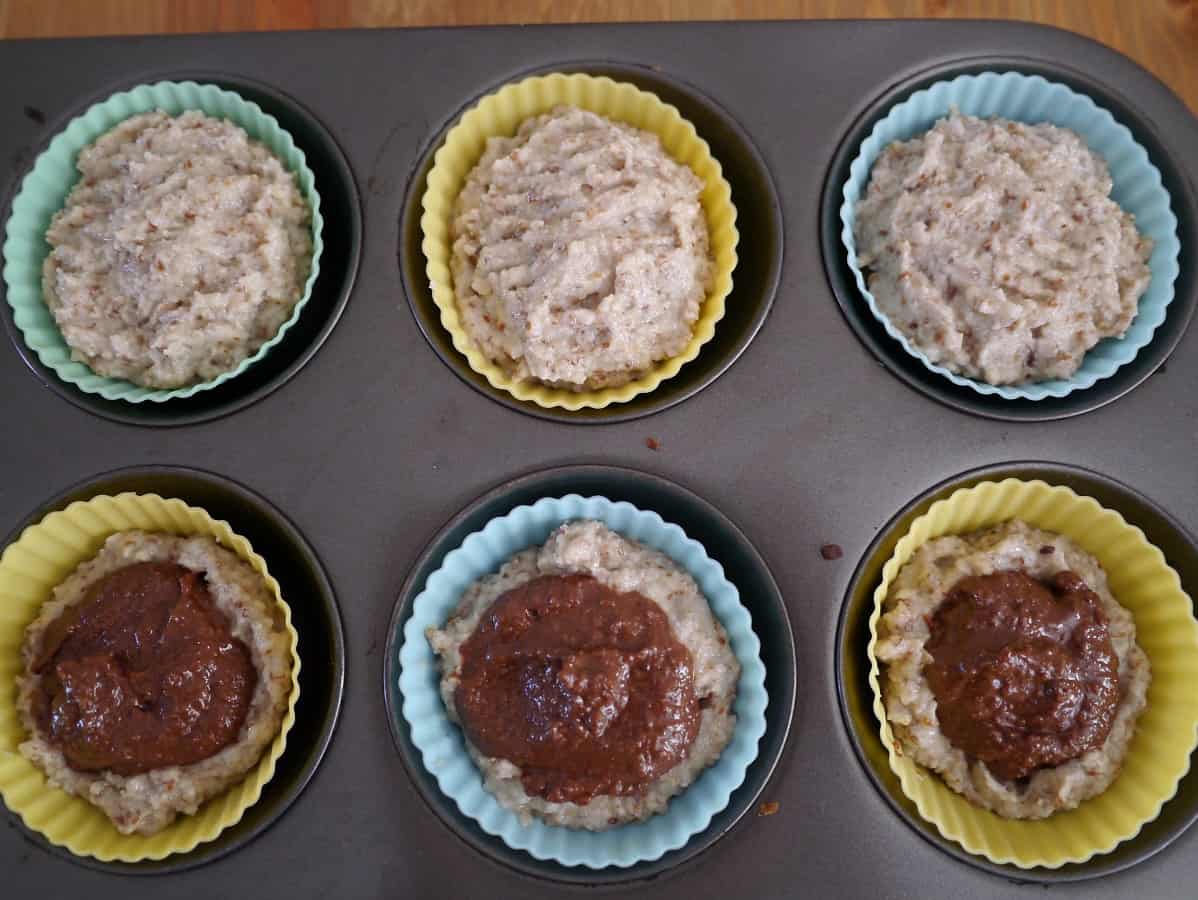
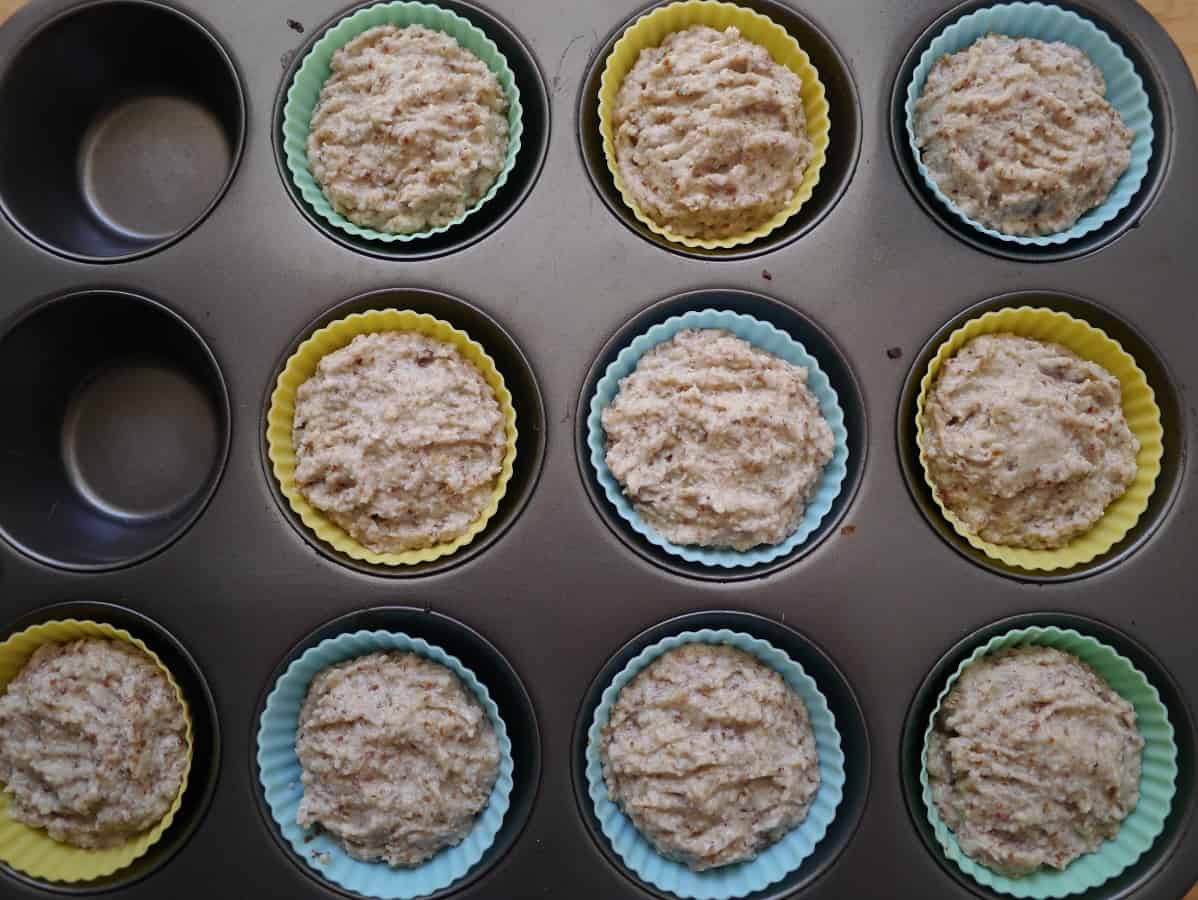 Place in a pre-heated oven and bake for 25 minutes until golden.
Place in a pre-heated oven and bake for 25 minutes until golden.
